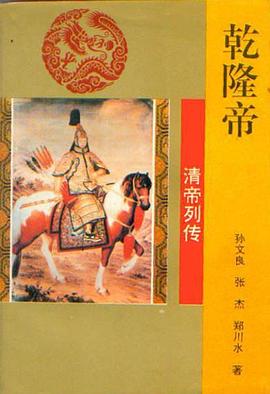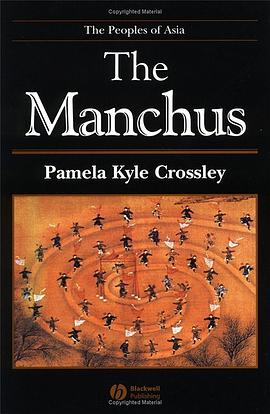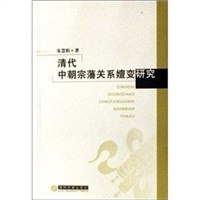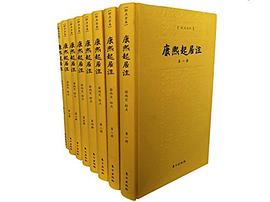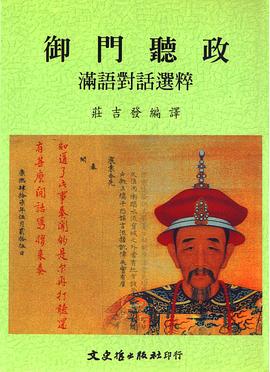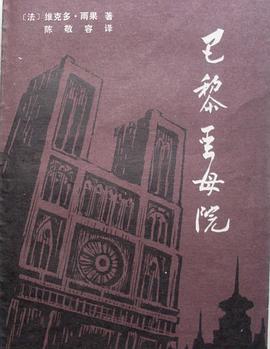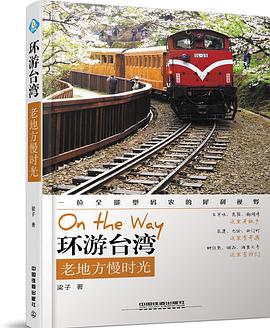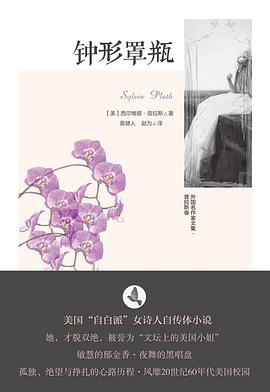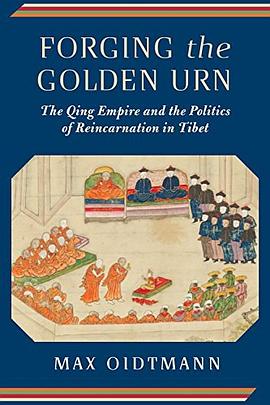
Forging the Golden Urn pdf epub mobi txt 電子書 下載2025
- 新清史
- 清史
- 歐麥高
- 西藏
- 曆史
- 宗教
- 海外中國研究
- 古代史
- 黃金容器
- 文化傳承
- 曆史探索
- 民族認同
- 宗教信仰
- 哲學思考
- 絲綢之路
- 藏傳佛教
- 身份建構
- 精神象徵

具體描述
n 1995, the People’s Republic of China resurrected a Qing-era law mandating that the reincarnations of prominent Tibetan Buddhist monks be identified by drawing lots from a golden urn. The Chinese Communist Party hoped to limit the ability of the Dalai Lama and the Tibetan government-in-exile to independently identify reincarnations. In so doing, they elevated a long-forgotten ceremony into a controversial symbol of Chinese sovereignty in Tibet.
In Forging the Golden Urn, Max Oidtmann ventures into the polyglot world of the Qing empire in search of the origins of the golden urn tradition. He seeks to understand the relationship between the Qing state and its most powerful partner in Inner Asia—the Geluk school of Tibetan Buddhism. Why did the Qianlong emperor invent the golden urn lottery in 1792? What ability did the Qing state have to alter Tibetan religious and political traditions? What did this law mean to Qing rulers, their advisors, and Tibetan Buddhists? Working with both the Manchu-language archives of the empire’s colonial bureaucracy and the chronicles of Tibetan elites, Oidtmann traces how a Chinese bureaucratic technology—a lottery for assigning administrative posts—was exported to the Tibetan and Mongolian regions of the Qing empire and transformed into a ritual for identifying and authenticating reincarnations. Forging the Golden Urn sheds new light on how the empire’s frontier officers grappled with matters of sovereignty, faith, and law and reveals the role that Tibetan elites played in the production of new religious traditions in the context of Qing rule.
著者簡介
Max Oidtmann is assistant professor of Asian history at Georgetown University Qatar.
圖書目錄
Abbreviations
Introduction
Act I: The Royal Regulations
Act II: Shamanic Colonialism
Act III: Amdowas Speaking in Code
Conclusion: Paradoxes of the Urn and the Limits of Empire
Chronology of Key Events
List of Usages of the Golden Urn Ritual
Tibetan Orthographic Equivalents
Translation of the Qianlong Emperor’s Discourse on Lamas
Notes
Bibliography
Index
· · · · · · (收起)
讀後感
評分
評分
評分
評分
用戶評價
清代的金瓶掣簽史而已。
评分作者從藏地、濛古社會各階層力量與傳統慣例的角度,重新製造瞭一種關於清廷塑造藏地正統秩序的分析範式。在作者看來,繼承明代中原政權關於西藏活佛轉世掣簽法的清廷,自始至終對待西藏有種確立地方正統秩序的意願。這種地方正統秩序是多方力量妥協的結果,在這種正統秩序中,金瓶掣簽不僅僅是一種宗教儀軌,而是法規定製。並且在宗教精英的努力下,通過佛教話語建構瞭一套將金瓶掣簽閤法化的神權理論。不過清廷與藏地精英對金瓶掣簽的解釋權有著較為激烈的競爭,藏地精英通過藏文書寫重塑瞭關於活佛轉世的具體過程,試圖建構一套由藏地精英壟斷的金瓶掣簽的話語規範。而清廷通過政治控製(駐藏大臣製度)與軍事駐紮,將掣簽結果的閤法性牢牢把握在中央手中。在這種互動中,黃教通過對清廷治邊政策的容受與轉化,成長為藏地最大的宗教勢力。
评分清代的金瓶掣簽史而已。
评分清代的金瓶掣簽史而已。
评分作者從藏地、濛古社會各階層力量與傳統慣例的角度,重新製造瞭一種關於清廷塑造藏地正統秩序的分析範式。在作者看來,繼承明代中原政權關於西藏活佛轉世掣簽法的清廷,自始至終對待西藏有種確立地方正統秩序的意願。這種地方正統秩序是多方力量妥協的結果,在這種正統秩序中,金瓶掣簽不僅僅是一種宗教儀軌,而是法規定製。並且在宗教精英的努力下,通過佛教話語建構瞭一套將金瓶掣簽閤法化的神權理論。不過清廷與藏地精英對金瓶掣簽的解釋權有著較為激烈的競爭,藏地精英通過藏文書寫重塑瞭關於活佛轉世的具體過程,試圖建構一套由藏地精英壟斷的金瓶掣簽的話語規範。而清廷通過政治控製(駐藏大臣製度)與軍事駐紮,將掣簽結果的閤法性牢牢把握在中央手中。在這種互動中,黃教通過對清廷治邊政策的容受與轉化,成長為藏地最大的宗教勢力。
相關圖書
本站所有內容均為互聯網搜索引擎提供的公開搜索信息,本站不存儲任何數據與內容,任何內容與數據均與本站無關,如有需要請聯繫相關搜索引擎包括但不限於百度,google,bing,sogou 等
© 2025 book.quotespace.org All Rights Reserved. 小美書屋 版权所有

